Urbexing is a photography genre which involves exploring and photographing abandoned buildings and areas. Photos are usually over processed in order to induce mystery, drama and abandonment in the viewer’s mind. This is one of the photography genres that doesn't require tons of gear, well at least not photography gear. All the gear that is usually required is a DSLR with a wide angle lens and a tripod. Other than photography gear you'll need survival gear.
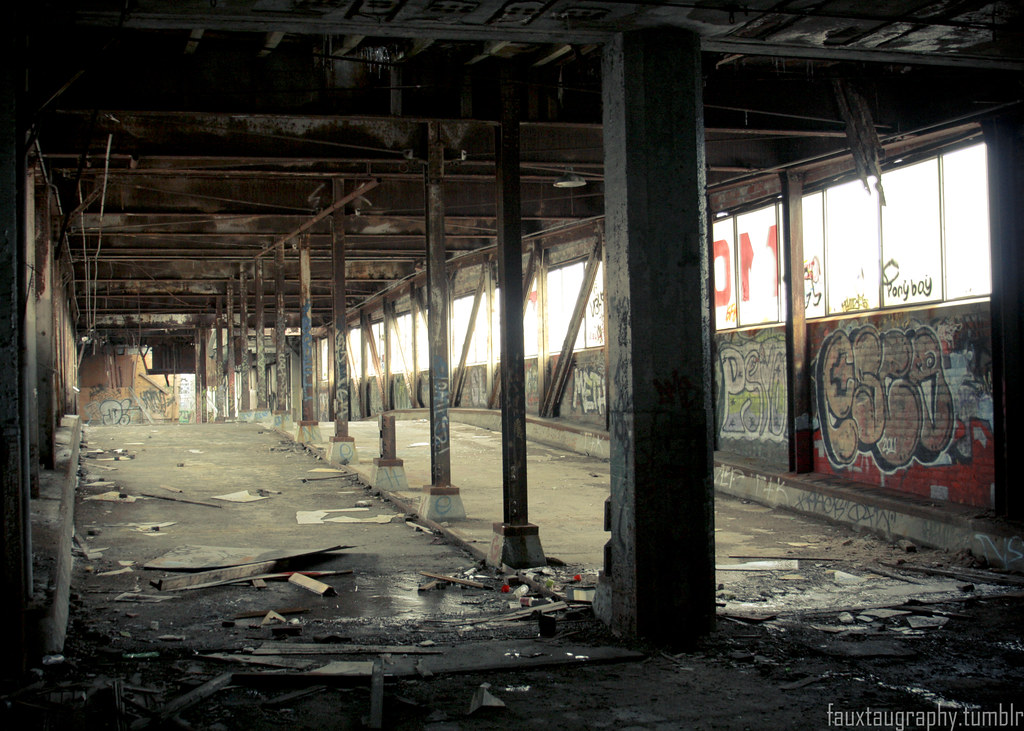
While we are on gear, let’s start the list there.
1. Gear
Photography wise 24mm lens f/2.8 on a full frame or equivalent focal length on APS-C sensors would do just fine. I'm not saying that this is a must, it is just good all around wide angle to have for that type of work. If you feel like you need wider, go for it.
On the other hand, you'll need decent clothes, as if you were going through a jungle. Visiting abandoned facilities often means that you will be at different scenarios and environments. Sometimes it is dry and hot, sometimes you'll end up in waist level water (which is almost never clean water). Therefore, be prepared for everything, and make sure you have all the rations you need (food and water). This might sound as if you were preparing to be stranded in some sewer somewhere, but you can't be too safe.
2. Preparation
Part of the process is researching the destination online. Check if somebody else has some experience with the facility you are going to explore. You might find useful information, or you might find nothing. Before you go, make sure you let your family and friends know where you are going and how long you are going to be there, so that in case things go bad they will know where and when to look for you. This might sound ridiculous in this modern era, but sometimes buildings like that don't have cell phone reception and you might not be able to call for help. Not to scare you in not doing things like this, but old buildings aren't safe, and urbexing is somewhat risky business.
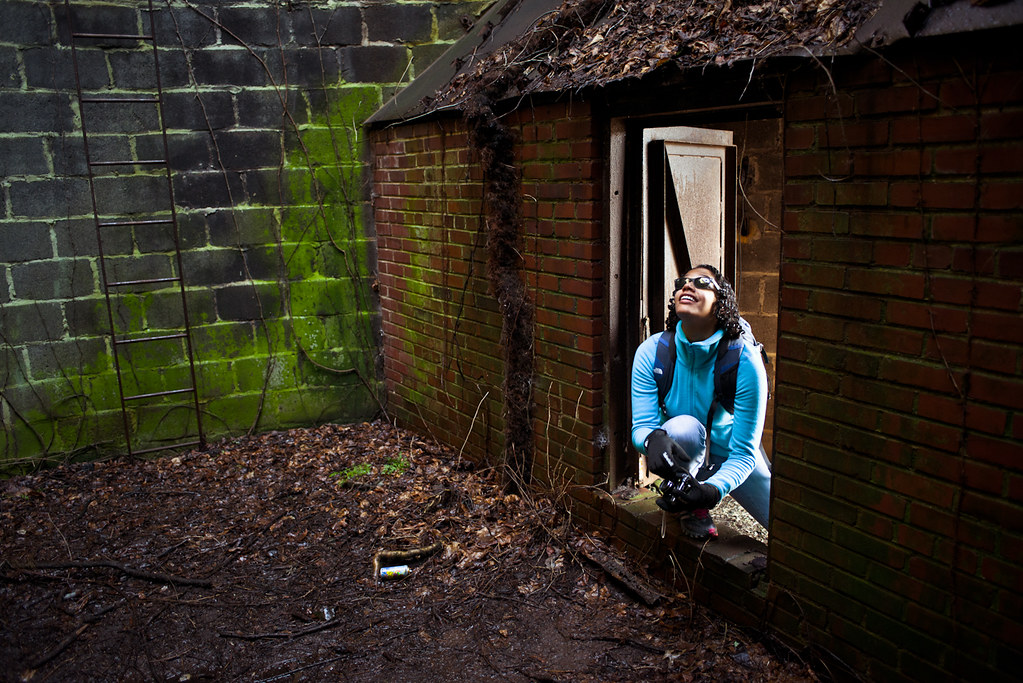
3. Initial Scout
Before you enter the building, make sure there aren't any signs that forbid trespassing and that the entrance is open. Breaking down locks or doors, or shimmying windows to get inside might end up in breaking and entering charge if someone calls the police. Make sure you are within the law in what you are doing. If there are security guards keeping watch on the place it doesn't mean that they won't allow you to enter. If you ask politely you might get lucky. It is rare, but sometimes security guards are there in order to stop somebody in getting hurt or lost, or just to stop further vandalism and squatting. You can tell them that you are just going to take some pictures in order to use them for some random project (they often won't even care how are you going to use them).
4. Urbexing
Once you are inside, take pictures of the way you are going because you can use them later to retrace your steps in order to get out if you get lost. Some buildings can be big and confusing therefore it is easy to get lost in there. If the floor is wooden, be careful, if the wood is rotten it can look as if it is brand new and you end up falling through it. Take precautions in everything you do. Old things are filthy and even a small cut can get infected.
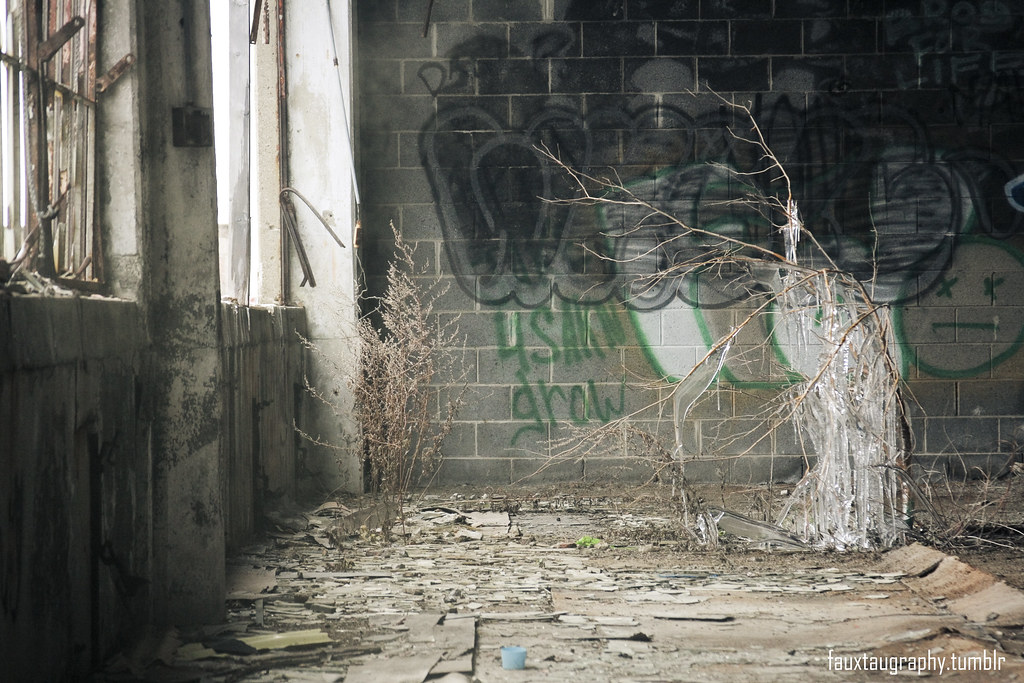
5. Photography
The pictures you are going to make should really represent the nature of the place. Focus on things that are out of place while being in frame with windows and something that belongs there but time has taken its toll on it. Framing is essential -that is what will divide the snapshots from the awesome shots.
Light is often limited and random, but I'd advise you not to use flash. Just set up your tripod and take long exposures in order to achieve good light.
Urbexing is all about keeping the things you photograph as they are. Try not to move or displace anything, you might not be the only photographer that wants to capture the place and ruin it for somebody else. In scenarios like this, dust and other particles in the air are your friend, they add an awesome amount of drama and depth in the picture (using surgical mask is wise, your lungs will thank you later).
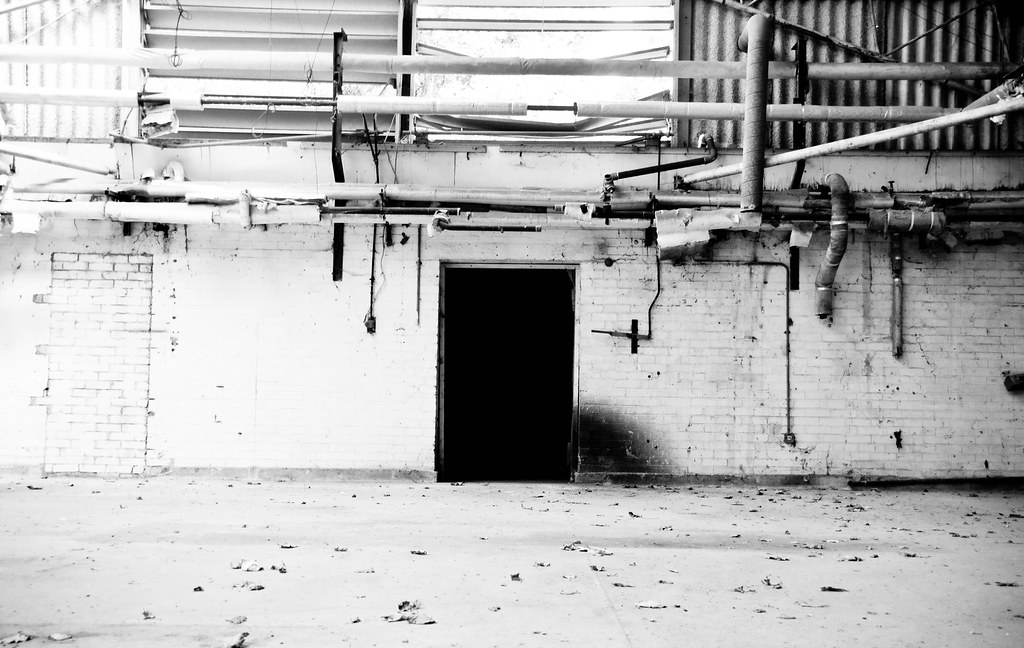
Lastly, in order to add to the mystery don't disclose a lot of information about the place you were shooting. People tend to like the research and reward when they discover area/building by themselves.
I'll repeat again, safety first, pictures later. Remember that and you'll do just great.


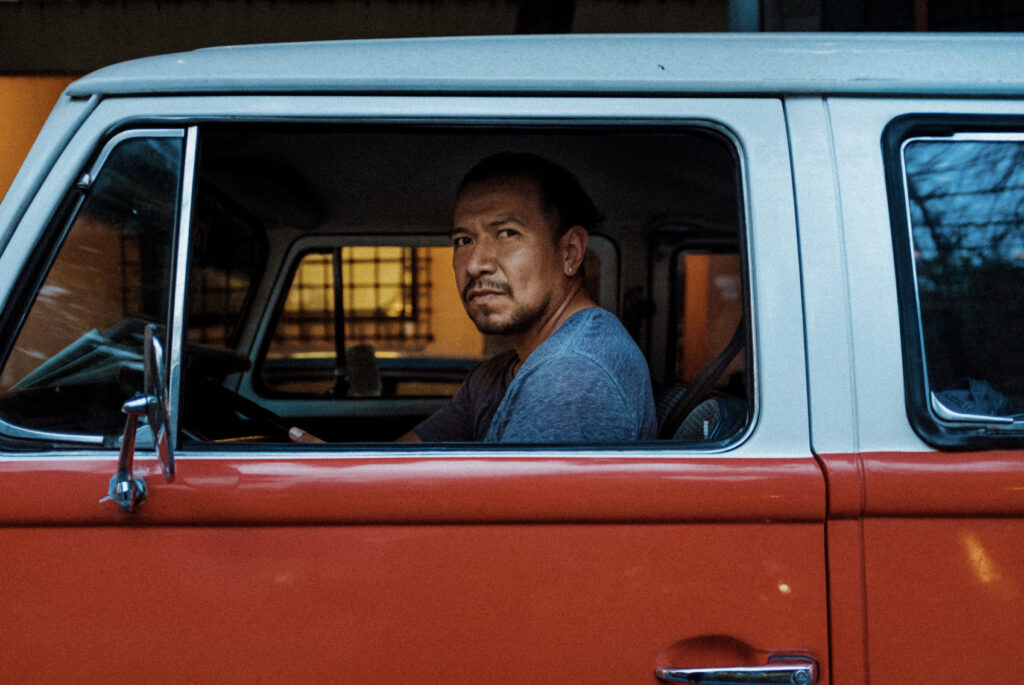
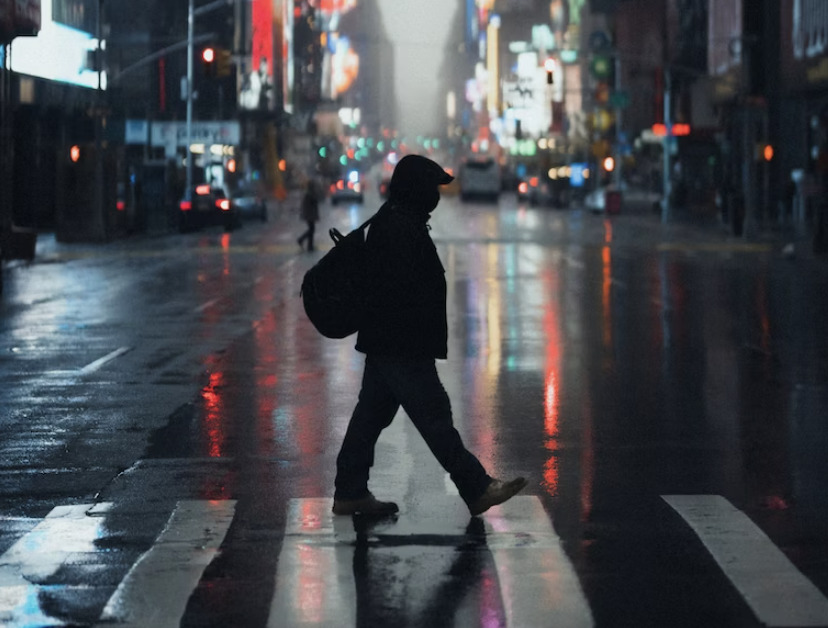
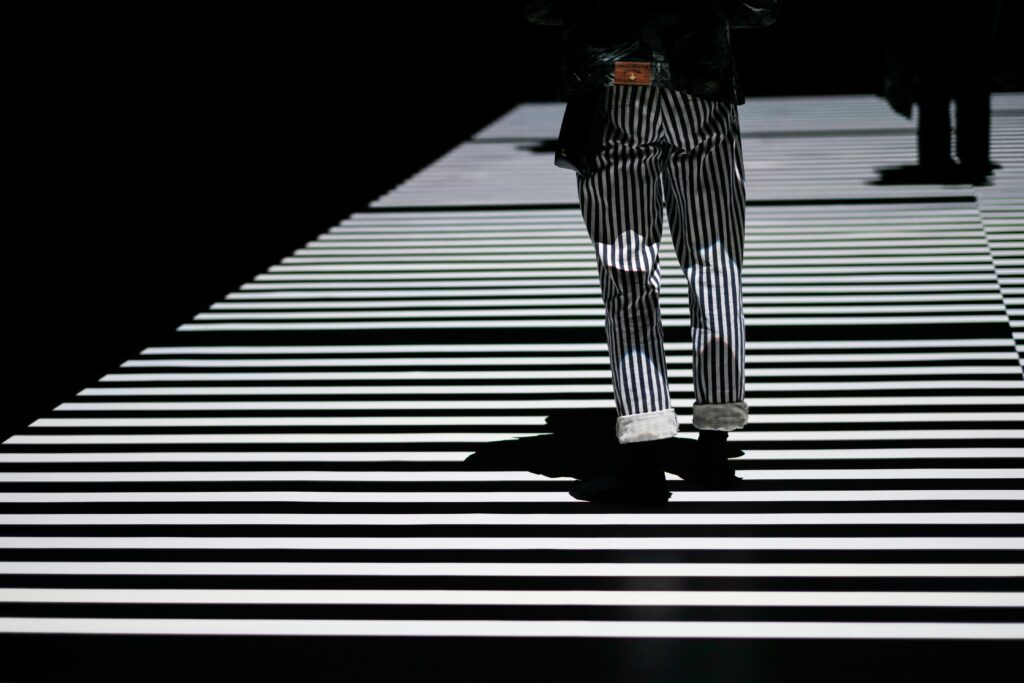
1 Comment
The guidance above suggests you should make sure there are no signs that forbid trespassing. However, be aware that if the property does not belong to you and you do not have permission to go into it, you will technically be trespassing. In most instances, trespass is not a crime, it is only a civil wrong and unless you cause significant damage by entering the property, it is unlikely that anyone will sue you.
If you are taking other people with you such as assistants or models/MUAs, check that your photographer’s insurance policy will cover you if they suffer injury after you have taken them somewhere that you do not have permission to be. Damages claims for injury or death can be very very substantial and they cannot be excluded by agreement. If you know you will be trespassing, make sure that your assistants and models/MUAs know you will be trespassing and give them as much information as you can so that they may make an informed decision to take any risks that may be inherent in the expedition. Take a basic first aid kit with you.
Security Guards and guard dogs are worth watching out for too. If the owner or someone on their behalf asks you to leave, do so promptly and bear in mind that they can use reasonable force to eject you from the property.